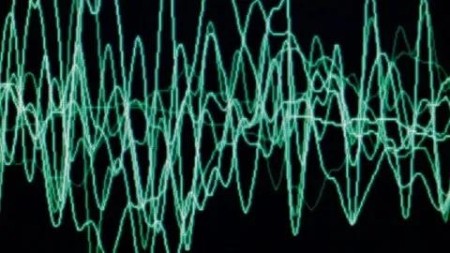Most Commented
Electric Power System Stability Fundamentals




Description material

Electric Power System Stability - Fundamentals
Published 10/2024
MP4 | Video: h264, 1920x1080 | Audio: AAC, 44.1 KHz
Language: English | Size: 4.28 GB | Duration: 5h 16m
Power system stability
What you'll learn
Identify, interpret, and predict the performance of electrical power systems during steady-state and transient conditions.
Identify the modeling requirements for studying various steady-state and transient phenomena.
Outline and interpret different ways for representing power system components including various controllers.
Outline and interpret various concepts related to power system stability.
Predict and estimate suitable criteria for analysis of power systems for different parameters, operating, and initial conditions.
Identify, analyze, and evaluate acceptable solutions of problems based on physical and operational limits of power system components.
Use of computer software in solving power system problems.
Requirements
Basics of electrical engineering.
Description
The course provides detailed presentations of steady-state performance and stability analysis of electric power systems. The handled problems cover the effects of various controllers and conditions on the performance and stability of power systems. The considered issues include but are not limited to, steady-state performance and equilibrium, and various stability studies as well as ways and measures for enhancing power system stability. The use of software tools is carefully considered in this course for validating the theories as well as practical considerations. The objectives of the course include but are not limited to, 1. Model, simulate, and analyze electric power systems as affected by different steady state and electromechanical transient phenomena.2. Study the effect, and propose mitigation techniques for some problems related to power systems in steady state and transient conditions.3. Perform, analyze, and evaluate steady-state and transient conditions in electric power systems equipped with different types of excitation and speed control systems.4. Analyze and predict the performance of simplified power systems using different stability criteria.5. Understand various stability phenomena and use suitable approaches for analyzing them and enhancing the stability levels.5. Use software tools such as PSAT and ETAP to solve power system stability problems.
Overview
Section 1: Introduction
Lecture 1 Introduction to electric power system stability
Section 2: Steady-State
Lecture 2 Steady-state performance and equilibrium of simple electric power systems
Section 3: Small-Signal Stability Analysis (SSSA)
Lecture 3 SSSA - Part 1: Classical Model
Lecture 4 SSSA - Part 2: Field Dynamics
Section 4: Transient Stability (TS)
Lecture 5 TS - Part 1: EAC & TD Simulation
Lecture 6 TS - Part 2: Enhancement
Section 5: Voltage Stability (VS)
Lecture 7 VS simplified analysis
Section 6: Other Stability Studies: Frequency, Converter-driven, and Resonance
Lecture 8 Other Stability Studies
Section 7: Exam
Electric power & energy engineers.,Electric power & energy students.,Operation engineers.

Join to our telegram Group
Information
Users of Guests are not allowed to comment this publication.
Users of Guests are not allowed to comment this publication.
Choose Site Language
Recommended news
Commented



![eM Client Pro 9.2.1735 Multilingual [Updated]](https://pikky.net/medium/wXgc.png)






![Movavi Video Editor 24.0.2.0 Multilingual [ Updated]](https://pikky.net/medium/qhrc.png)

